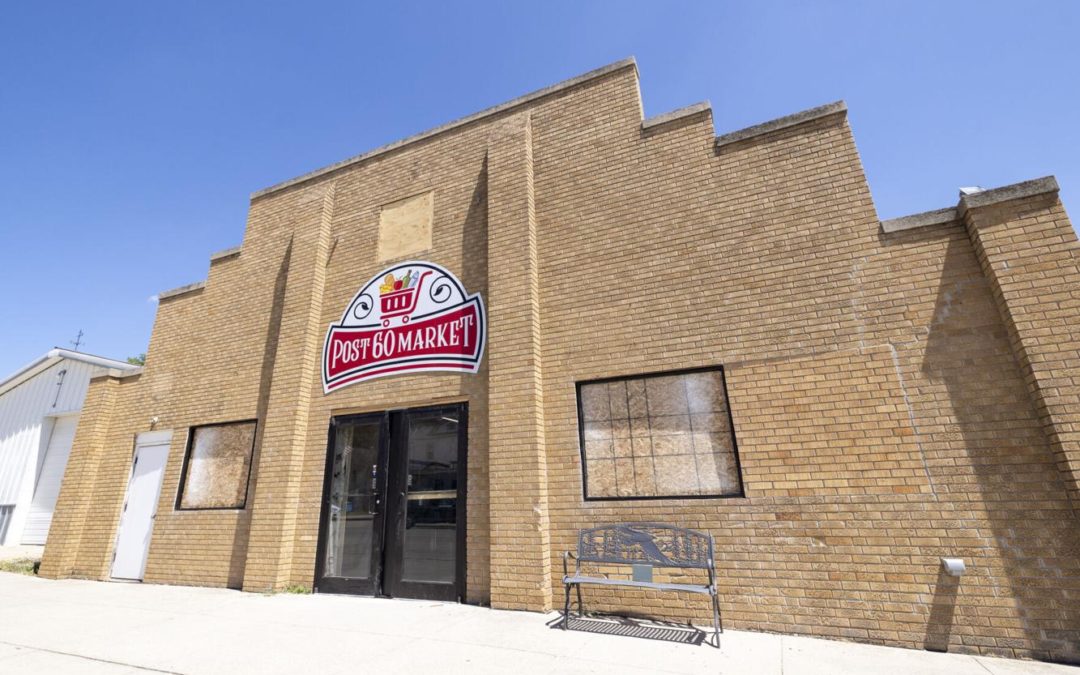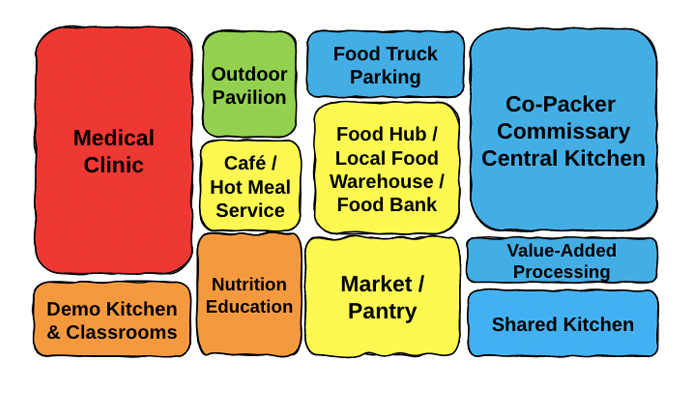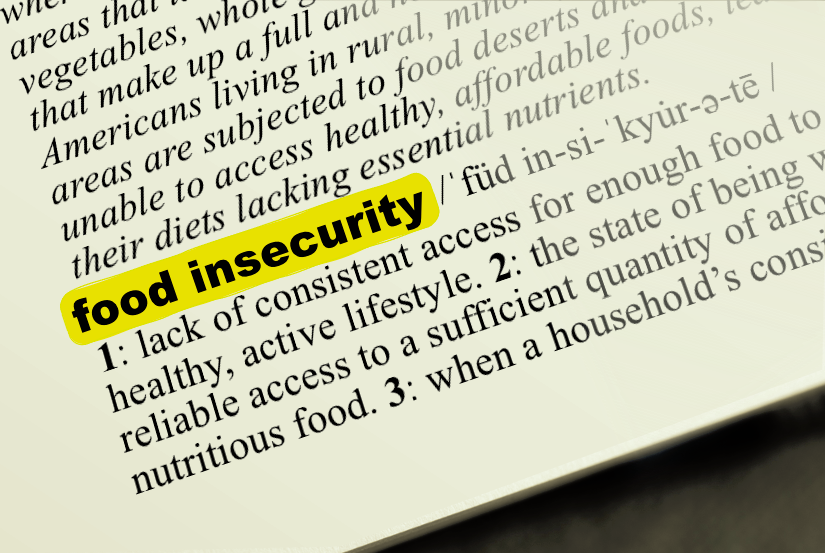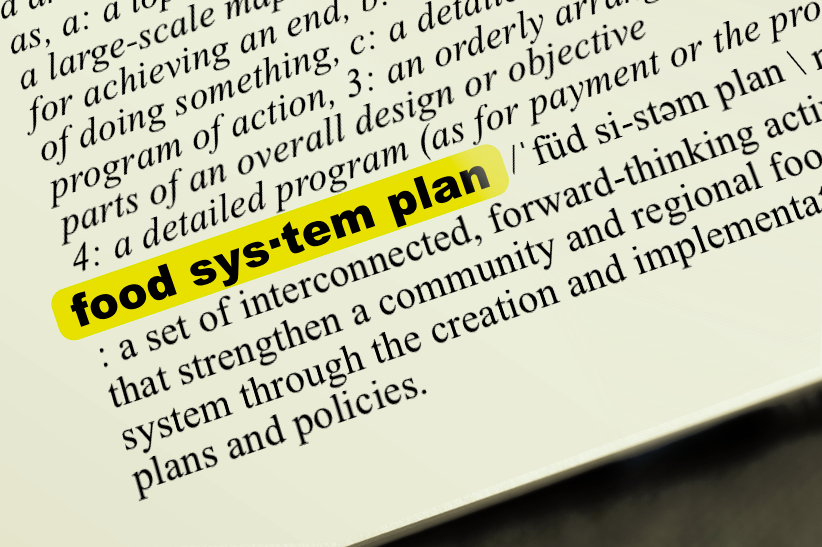
Feb 28, 2024 | Food Business Planning, Local Food, Marketing, Toolsite
Local Agriculture Market Programs (LAMP) are transformative grants in the good food sector. They provide an influx of money for large-scale projects that support the development, coordination, and expansion of […]

Dec 20, 2023 | Feasibility Studies, Food Business Planning, Strategic Planning
In a previous blog post, we reviewed the purpose and power of a food business feasibility study. In this follow-up, we will explore what to expect once you embark on […]

Dec 20, 2023 | Case Study, Food System
Southeast Nebraska Development District (SENDD) represents nearly 150 jurisdictions ranging in population size from 30 to 10,000 residents across 16 counties. Recognizing that many rural communities have limited economic development […]

Sep 21, 2023 | Feasibility Studies, Food Business Planning
A feasibility study is an analytical tool used during the development of a new project to evaluate how it would operate under a set of assumptions. It explores an idea’s […]

Dec 20, 2022 | Food System, Frozen Processing, Good Food Glossary
Food processing uses methods and techniques involving equipment, energy, and tools to transform agricultural products such as grains, meats, vegetables, fruits, and milk into edible, functional, and culturally relevant food […]

Dec 19, 2022 | Food Business Planning, Local Food, Rural Grocery
Innovation in rural grocery stores is a story of community building. Small-town grocery stores are the heart of their communities, yet many struggle to compete with dollar stores, a shrinking […]

Sep 15, 2022 | Community Food Centers, Food Business Planning
Community Food Centers (CFC) are an exciting development in food system infrastructure and make up an increasing share of our work at New Venture Advisors. Typically this facility or group […]

Jun 17, 2022 | Good Food Glossary
Food insecurity is defined as a lack of consistent access to enough food for an active, healthy life. It refers to a lack of available financial resources for food at […]

Sep 20, 2021 | Food Business Planning, Food System
Food systems are made up of people engaged in creation, commerce, and community from production to consumption. For any food business, policy, or plan to be viable, it must take […]

Mar 17, 2021 | Food System, Good Food Glossary
A Food System Plan, as defined by the American Planning Association, is “a set of interconnected, forward-thinking activities that strengthen a community and regional food system through the creation and […]












